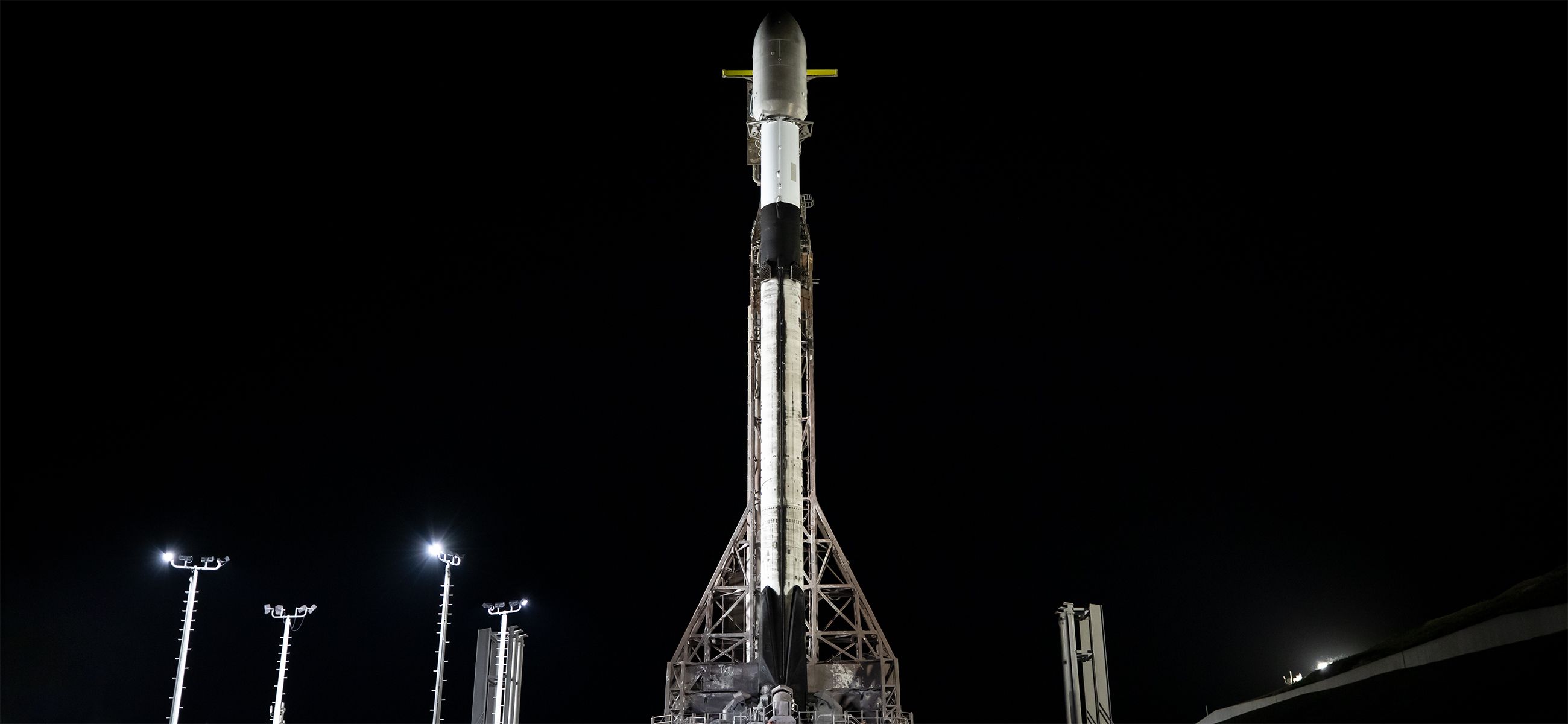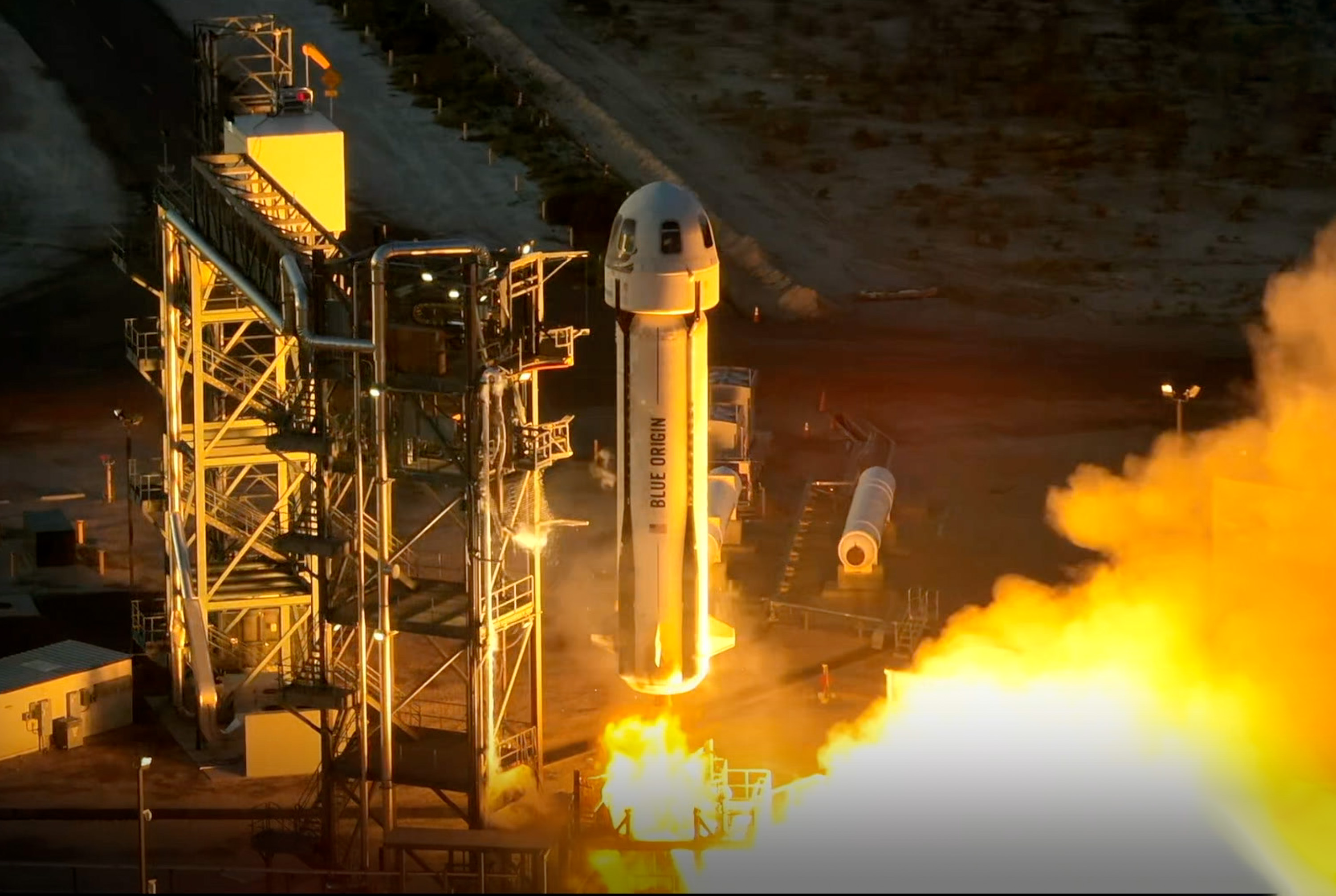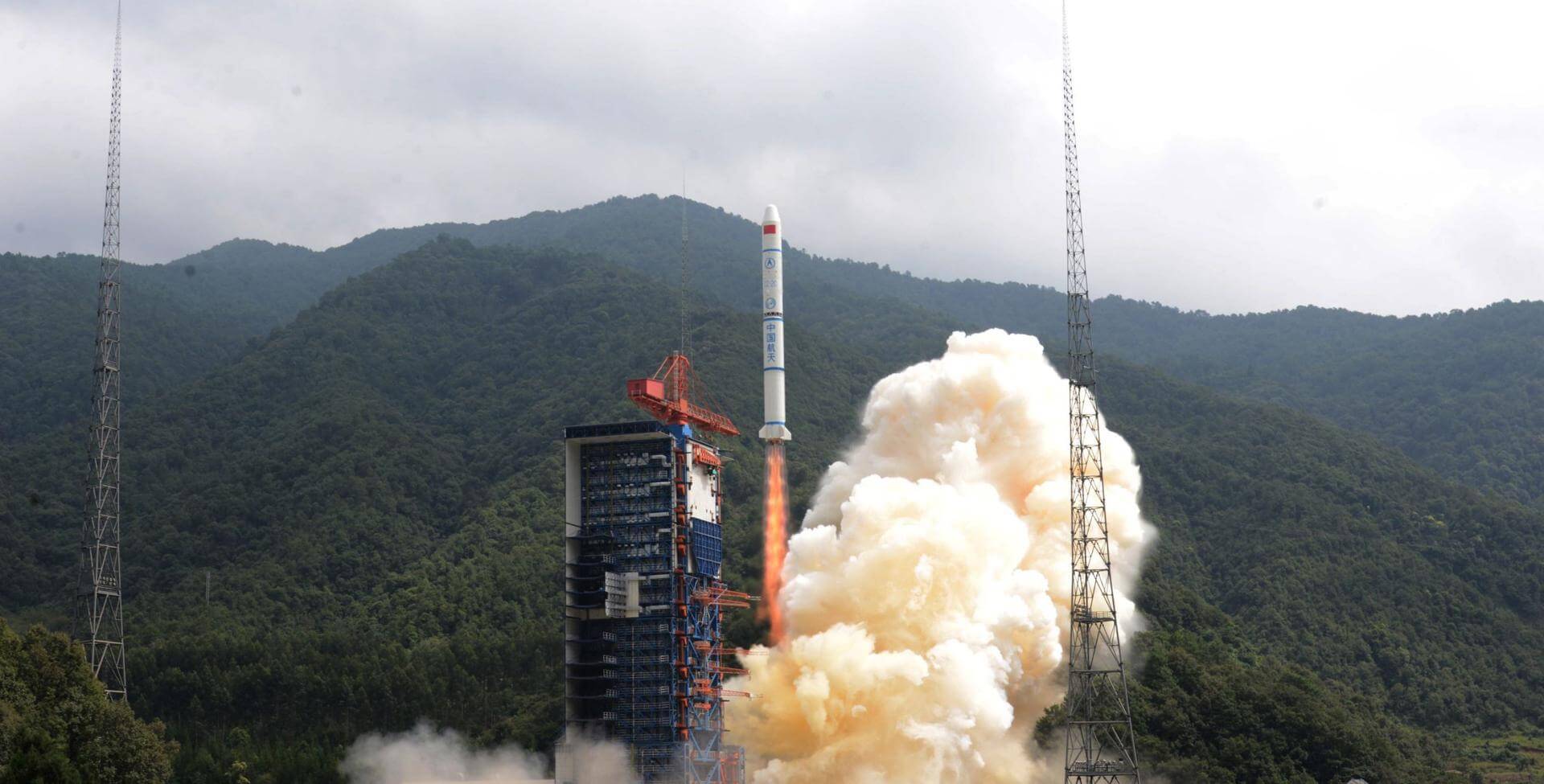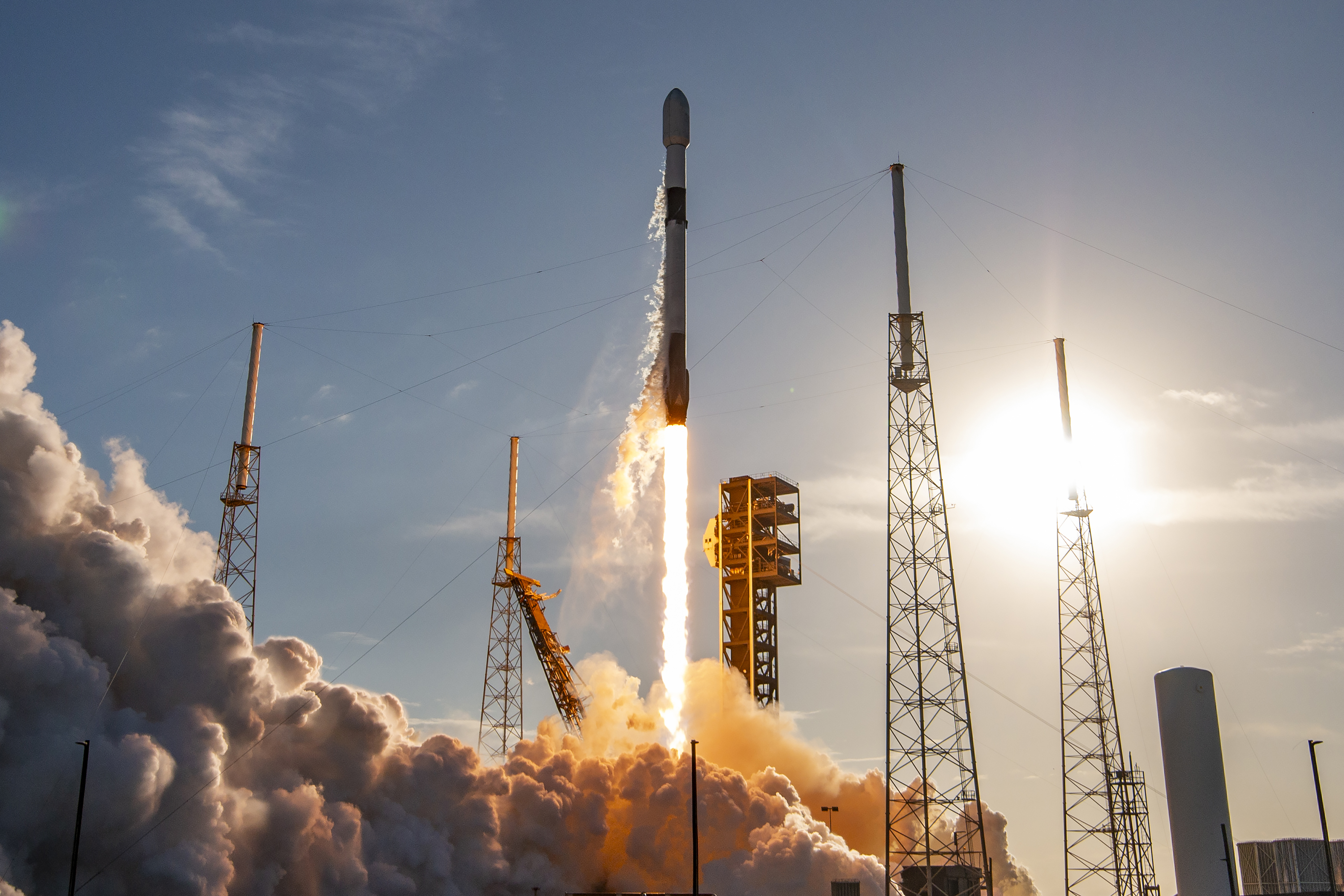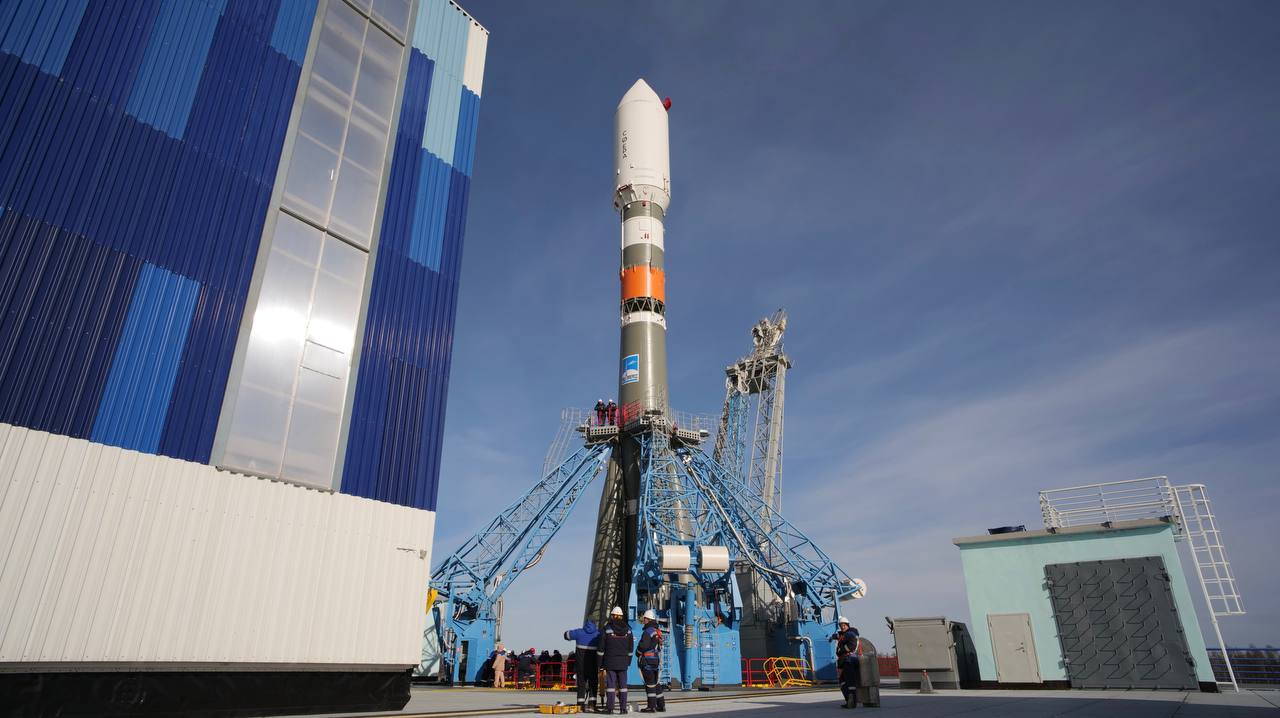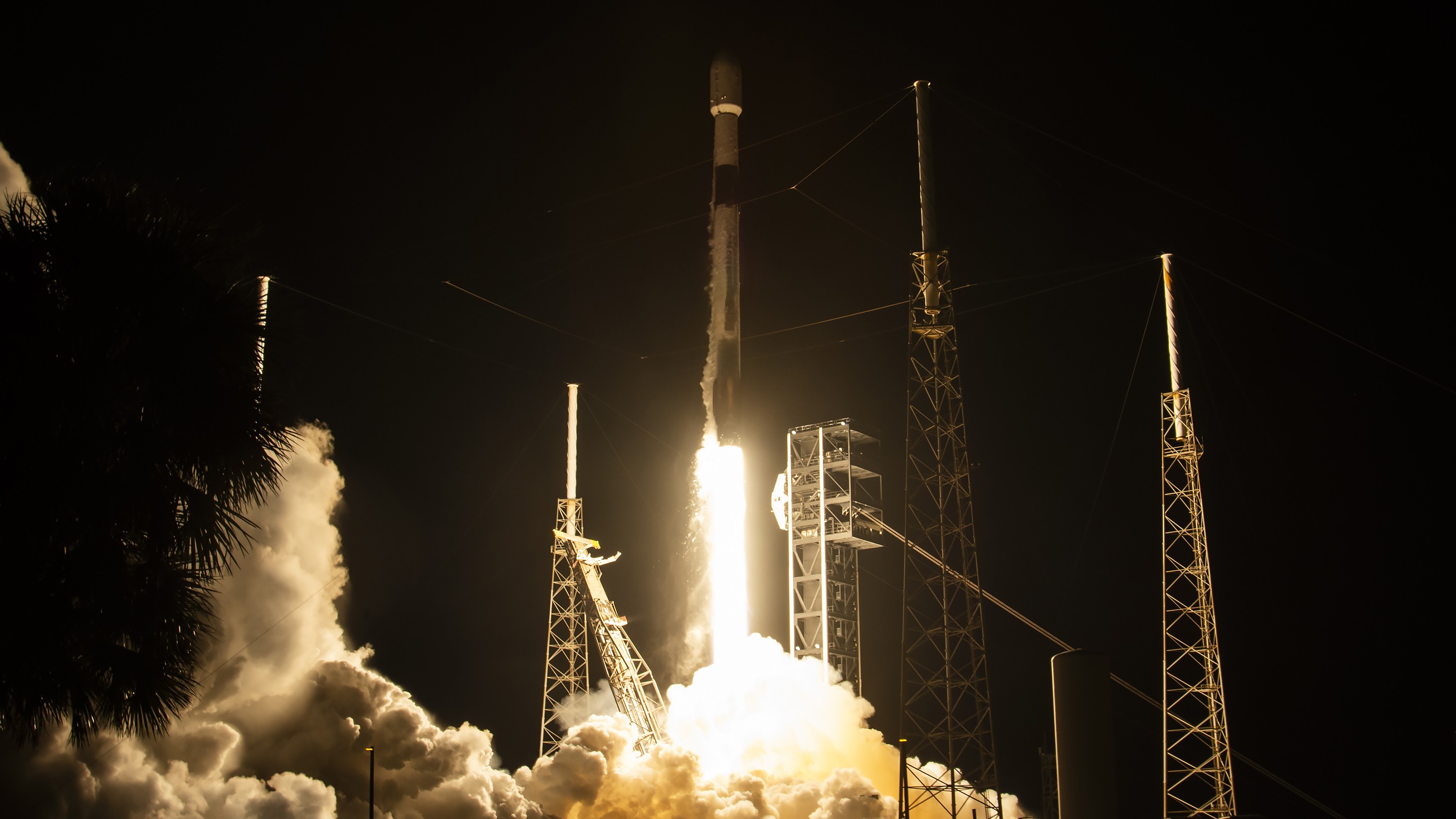Previous Spaceflight Launches
Filter by Agency, Locations or Vehicles
Show All LaunchesFalcon 9 Block 5 | NROL-48
SpaceX | United States of AmericaVandenberg SFB, CA, USA
Sept. 22, 2025, 5:38 p.m.
Status: Launch Successful
Mission:
Eleventh batch of satellites for a reconnaissance satellite constellation built by SpaceX and Northrop Grumman for the National Reconnaissance Office to provide imaging and other reconnaissance capabilities.
Unknown B1081 - Flight Proven ( ) Landing Zone 4Falcon 9 Block 5 | Starlink Group 10-27
SpaceX | United States of AmericaCape Canaveral SFS, FL, USA
Sept. 21, 2025, 10:53 a.m.
Falcon 9 Block 5 | Starlink Group 17-12
SpaceX | United States of AmericaVandenberg SFB, CA, USA
Sept. 19, 2025, 4:31 p.m.
New Shepard | NS-35
Blue Origin | United States of AmericaCorn Ranch, Van Horn, TX, USA
Sept. 18, 2025, 1 p.m.
Status: Launch Successful
Mission:
NS-35 is the 35th flight for the New Shepard program. This flight will fly more than 40 scientific and research payloads to space and back, including 24 experiments from NASA’s TechRise Student Challenge and payloads for Johns Hopkins Applied Physics Laboratory, Oklahoma State University, University of Florida, Carthage College, University of Central Florida, Teledyne, Space Lab Technologies, and Teachers in Space, among others.
Suborbital NS-5 - Flight Proven ( ) Corn Ranch Landing Pad, West TexasFalcon 9 Block 5 | Starlink Group 10-61
SpaceX | United States of AmericaCape Canaveral SFS, FL, USA
Sept. 18, 2025, 9:30 a.m.
Long March 2C/YZ-1S | SatNet test satellites
China Aerospace Science and Technology Corporation | ChinaJiuquan Satellite Launch Center, People's Republic of China
Sept. 16, 2025, 1:06 a.m.
Falcon 9 Block 5 | Cygnus CRS-2 NG-23 (S.S. William “Willie” C. McCool)
SpaceX | United States of AmericaCape Canaveral SFS, FL, USA
Sept. 14, 2025, 10:11 p.m.
Status: Launch Successful
Mission:
This is the 23rd flight of the Northrop Grumman's uncrewed resupply spacecraft Cygnus and its 22nd flight to the International Space Station under the Commercial Resupply Services contract with NASA.
Low Earth Orbit B1094 - Flight Proven ( ) Landing Zone 2Falcon 9 Block 5 | Starlink Group 17-10
SpaceX | United States of AmericaVandenberg SFB, CA, USA
Sept. 13, 2025, 5:55 p.m.
Soyuz 2.1b/Fregat | Glonass-K1 No. 18 (Kosmos 2595) & Kosmos 2596
Progress Rocket Space Center | RussiaPlesetsk Cosmodrome, Russian Federation
Sept. 13, 2025, 2:10 a.m.
Status: Launch Successful
Mission:
Glonass-K1 are the third generation of satellite design for GLONASS satellite navigation system. GLONASS is a Russian space-based navigation system comparable to the similar GPS and Galileo systems. This generation improves on accuracy, power consumption and design life. Each satellite is unpressurized and weighs 935 kg, and has an operational lifetime of 10 years. This launch also carries Mozhayets-6 (Kosmos 2596), a small experimental satellite built by the Mozhaiskiy Military Space Academy of St. Petersburg.
Medium Earth OrbitFalcon 9 Block 5 | Nusantara Lima
SpaceX | United States of AmericaCape Canaveral SFS, FL, USA
Sept. 12, 2025, 1:56 a.m.
